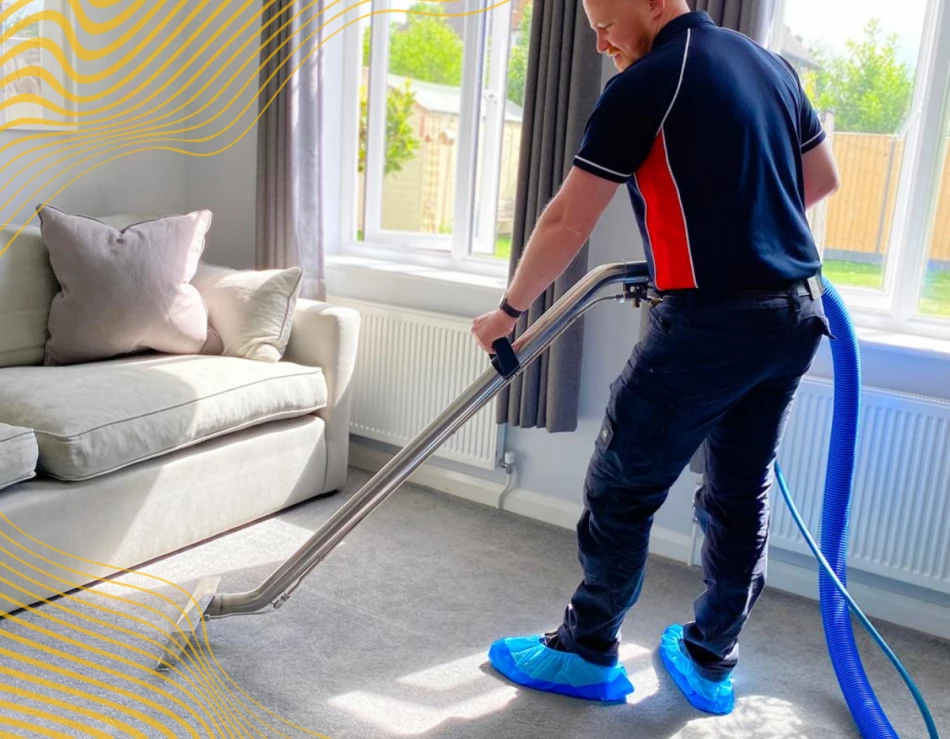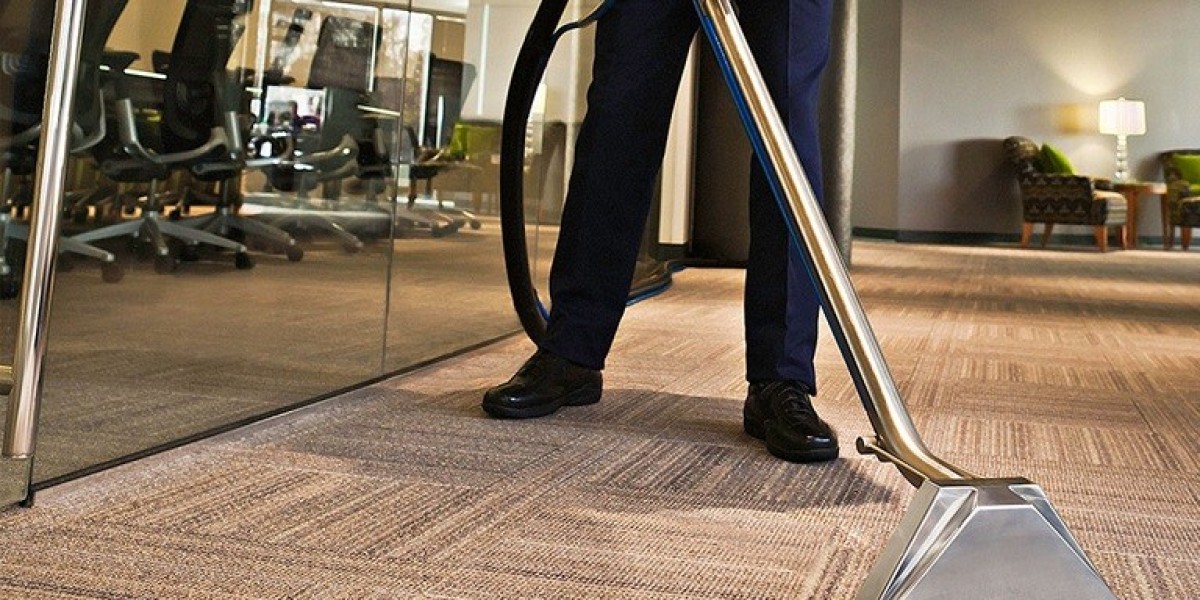Carpets are an essential component of many homes and commercial spaces, providing comfort, aesthetic appeal, and insulation. However, they are also a magnet for dirt, allergens, and stains, which can compromise indoor air quality and the overall ambiance of a space. This report delves into the various aspects of carpet cleaning, including techniques, benefits, and best practices to maintain carpets effectively.

1. Importance of Carpet Cleaning
Carpet cleaning is not merely a matter of aesthetics; it has significant health and maintenance implications. Dust mites, pet dander, mold, and other allergens can accumulate in carpets, https://premiercarpetcleaning.co.uk/carpet-cleaning/peterborough leading to respiratory issues and allergies. Regular cleaning helps mitigate these risks, promoting a healthier living environment. Moreover, clean carpets enhance the overall appearance of a space, contributing to a positive impression for guests and clients alike.
2. Types of Carpet Cleaning Techniques
There are several methods for cleaning carpets, each with its own set of advantages and limitations. The most common techniques include:
2.1. Hot Water Extraction (Steam Cleaning)
Hot water extraction, commonly referred to as steam cleaning, is one of the most effective methods for deep cleaning carpets. This technique involves injecting hot water mixed with a cleaning solution into the carpet fibers and then extracting it along with dirt and debris using a powerful vacuum. The high temperature helps to dissolve stubborn stains and kill bacteria.
Advantages:
- Deep cleans carpets, removing dirt and allergens effectively.
- Environmentally friendly options are available.
- Can extend the life of carpets.
- Longer drying time compared to other methods.
- Requires professional equipment for optimal results.
2.2. Dry Cleaning
Dry cleaning, also known as solvent cleaning, uses chemical solvents to break down dirt and stains without the need for water. A dry cleaning compound is spread over the carpet, agitated with a machine, and then vacuumed away, leaving carpets clean and dry almost immediately.
Advantages:
- Quick drying time, making it suitable for high-traffic areas.
- No risk of mold growth due to moisture.
- May not be as effective for deep cleaning as steam cleaning.
- Use of chemical solvents may not be suitable for all carpets.
2.3. Bonnet Cleaning
Bonnet cleaning is a method often used in commercial settings. A rotary machine with a cleaning pad is used to agitate the carpet fibers, lifting dirt and stains to the surface. The pad is then replaced as it becomes soiled.
Advantages:
- Quick and effective for surface cleaning.
- Suitable for maintaining carpets in commercial spaces.
- Does not provide deep cleaning.
- Can leave residues if not rinsed properly.
2.4. Shampooing
Carpet shampooing involves applying a foamy cleaning solution to the carpet, which is then scrubbed in using a machine. Afterward, the carpet is rinsed and dried.
Advantages:
- Effective for removing stains and dirt.
- Can be done with various cleaning agents.
- Longer drying time.
- May leave behind residues if not rinsed thoroughly.
3. Benefits of Regular Carpet Cleaning
Regular carpet cleaning offers numerous benefits, including:
- Improved Indoor Air Quality: By removing dust, allergens, and pollutants, clean carpets contribute to better air quality, reducing the risk of respiratory issues.
- Extended Carpet Lifespan: Regular maintenance helps prevent the buildup of dirt and grime that can damage carpet fibers, prolonging the life of the carpet.
- Enhanced Appearance: Clean carpets look more inviting and can significantly improve the overall aesthetic of a space.
- Stain Prevention: Regular cleaning can help prevent stains from setting in, making it easier to maintain the carpet's appearance.
4. Best Practices for Carpet Cleaning
To achieve optimal results in carpet cleaning, consider the following best practices:
4.1. Regular Vacuuming
Vacuuming carpets at least once a week can significantly reduce the accumulation of dirt and allergens. High-quality vacuum cleaners with HEPA filters are recommended for effective dust and allergen removal.
4.2. Spot Cleaning Stains
Addressing stains as soon as they occur can prevent them from becoming permanent. Use a clean cloth to blot the stain and apply a suitable cleaning solution, following the manufacturer's guidelines.
4.3. Professional Cleaning
While regular maintenance is essential, professional carpet cleaning should be scheduled at least once a year, or more frequently in high-traffic areas. Professionals have access to advanced equipment and expertise that can achieve deeper cleaning.
4.4. Choosing the Right Cleaning Products
When selecting cleaning products, it is crucial to choose those that are compatible with the carpet material. Avoid harsh chemicals that can damage fibers or leave residues.

4.5. Allowing for Adequate Drying Time
After cleaning, ensure that carpets are allowed to dry completely to prevent mold growth. Proper ventilation and the use of fans can aid in the drying process.
5. Conclusion
Carpet cleaning is an essential aspect of maintaining a healthy and aesthetically pleasing environment. By understanding the various cleaning techniques and their benefits, individuals and businesses can make informed decisions about their carpet care. Regular maintenance, professional cleaning, and adherence to best practices can significantly enhance the longevity and appearance of carpets, making them a valuable asset in any space. Investing time and resources into carpet cleaning not only improves the immediate environment but also contributes to long-term health and comfort.








